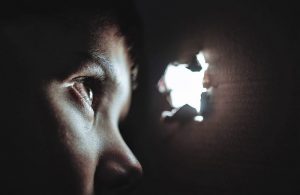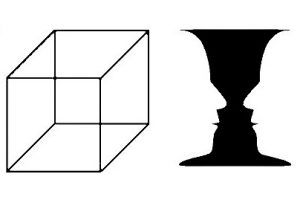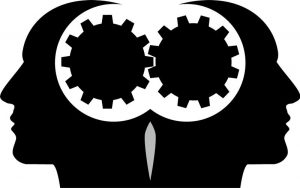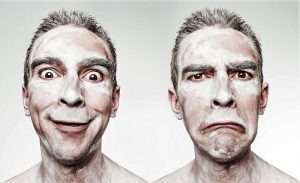Social anxiety
Social anxiety disorder, also known as social phobia, is the third largest mental health problem in the world today. Social anxiety is the fear that people who have it have of social situations that involve interaction with other people. It could be said that social anxiety is the fear and anxiety of being judged and evaluated negatively by others. It is a generalized disorder and causes anxiety and fear in most areas of a person's life, be it social, work, or family life. It is chronic because it does not go away on its own. Only direct cognitive-behavioral therapy can change the brain and help people overcome social anxiety.
What is social anxiety?
Social anxiety is a disorder also known as social phobia and is a major problem that affects the modern world. It is a problem of social anxiety and fear before social situations that involve having an interaction with other people causing insecurity, fear and anxiety.
Etymology
Social anxiety is the same as social phobia. The word phobia comes from Fobos, who was the son of Aphrodite, goddess of love and Ares, god of war, mentioned by Hesiod in Theogony and had as its meaning fear. It is also believed that the origin of the term shows that the central part of the phobia is fear, differing from the terror that is linked to both the god Deimos and the god Pan from whom the word panic arises.
The exact cause of social phobia is still unknown to doctors. However, current research supports the idea that it is caused by a combination of environmental and genetic factors. Negative experiences can also contribute to this disorder, and these may include the following:
- Sexual abuse
- Bullying
- Family conflicts
- Physical abnormalities such as a serotonin imbalance may contribute to this condition.
Social interaction can cause the following physical symptoms:
- Nausea
- Excessive sweating
- Continuous tremors
- Difficulty speaking
- Dizziness or lightheadedness
- Rapid heart rate
Psychological symptoms may include
- Worrying intensely about social situations
- Constant worry days or weeks before an event
- Avoiding social situations
- Worrying about being embarrassed by a social situation
- Worrying about others noticing that you are stressed or nervous
- Needing alcohol to cope with a social situation
- Constant absence from school or work due to anxiety
Treatment
Several types of treatment are available to treat social anxiety disorder. Treatment results vary from person to person. Some people only need one type of treatment. However, others may require more than one. Cognitive behavioral therapy helps the patient learn how to control anxiety through relaxation and breathing, and how to replace negative thoughts with positive thoughts. Exposure Therapy is another type of therapy that helps the patient gradually cope with social situations, rather than avoiding them. Group therapy helps learn social skills and techniques for interacting with people in different social settings. Participating in group therapy with others who have the same fears can make the patient feel less alone and give them the opportunity to practice their new skills through role-playing.
At least eight hours of sleep per night is recommended. Lack of sleep can increase anxiety and worsen symptoms of social phobia. Foods such as coffee, chocolate, and soft drinks are stimulants and can increase anxiety, so it is best to avoid them. Keep your fears under control by recognizing the triggers that cause you to start feeling nervous or by practicing relaxation and breathing techniques, taking medications if directed by your doctor.
How it differs from shyness
In the case of shyness, we can say that it is a much milder problem than social anxiety. The intensity of fear presented by a person who is shy is much less, avoiding exposure to social situations is also less, for example, someone shy will go to a party, even if you talk little with people who are in it, the social phobic will probably not go if you have an excuse to avoid it, or invent one not to attend. Another difference between shyness and social anxiety disorder will be the interference in our daily lives that in shyness will be much less. In shyness, there is only one discomfort that is fleeting and in social anxiety disorder great suffering, with a great effect on our self-esteem and the concept we have about ourselves.
Cases
George, a 23-year-old Greek student, was referred by a psychiatrist for treatment to a University Orientation Centre in Athens. He was diagnosed with social anxiety disorder and specific phobia type of situation. He complained of panic attacks and severe anxiety symptoms. These symptoms were triggered in certain social situations and also when traveling by plane, driving a car, and visiting tall buildings or high places. His symptoms led him to avoid finding himself in such situations, to the point of having affected his daily life. George was diagnosed with a social anxiety disorder and specific phobia, situational type (in this case, acrophobia) and received 20 individual sessions of cognitive behavior therapy. After therapy and follow-up one month after treatment, George no longer met the criteria for social phobia and the symptoms leading to acrophobia were reduced.
How to cite this article?
Briceño V., Gabriela. (2019). Social anxiety. Recovered on 23 February, 2024, de Euston96: https://www.euston96.com/en/social-anxiety/










